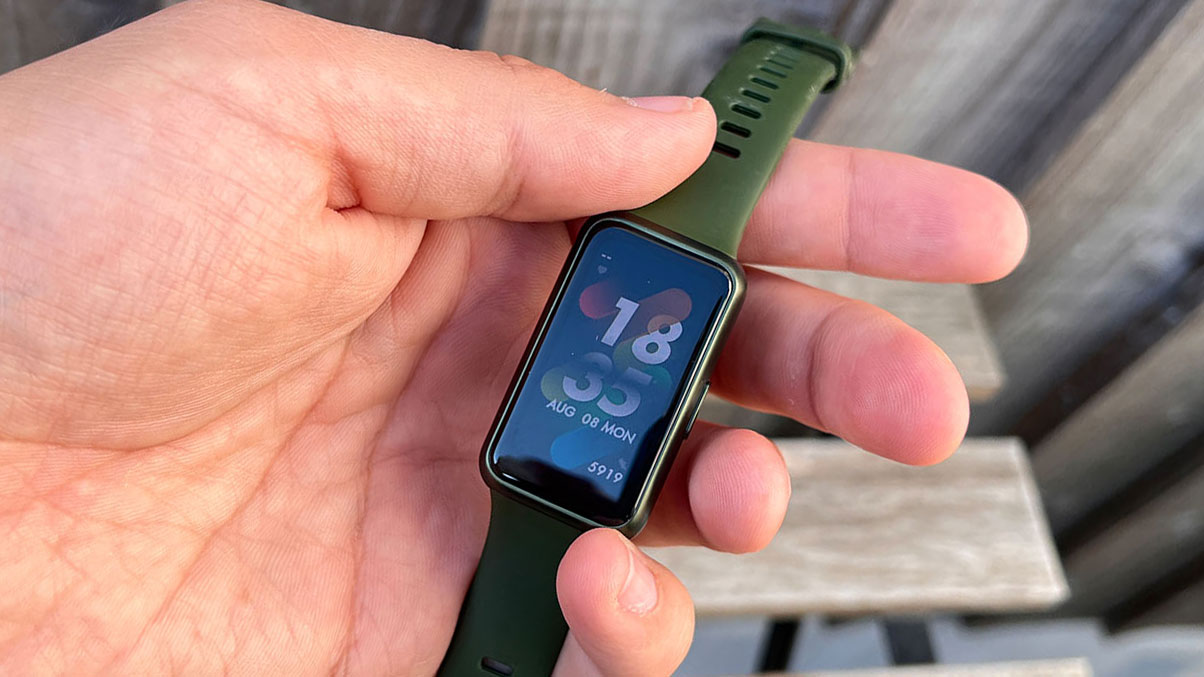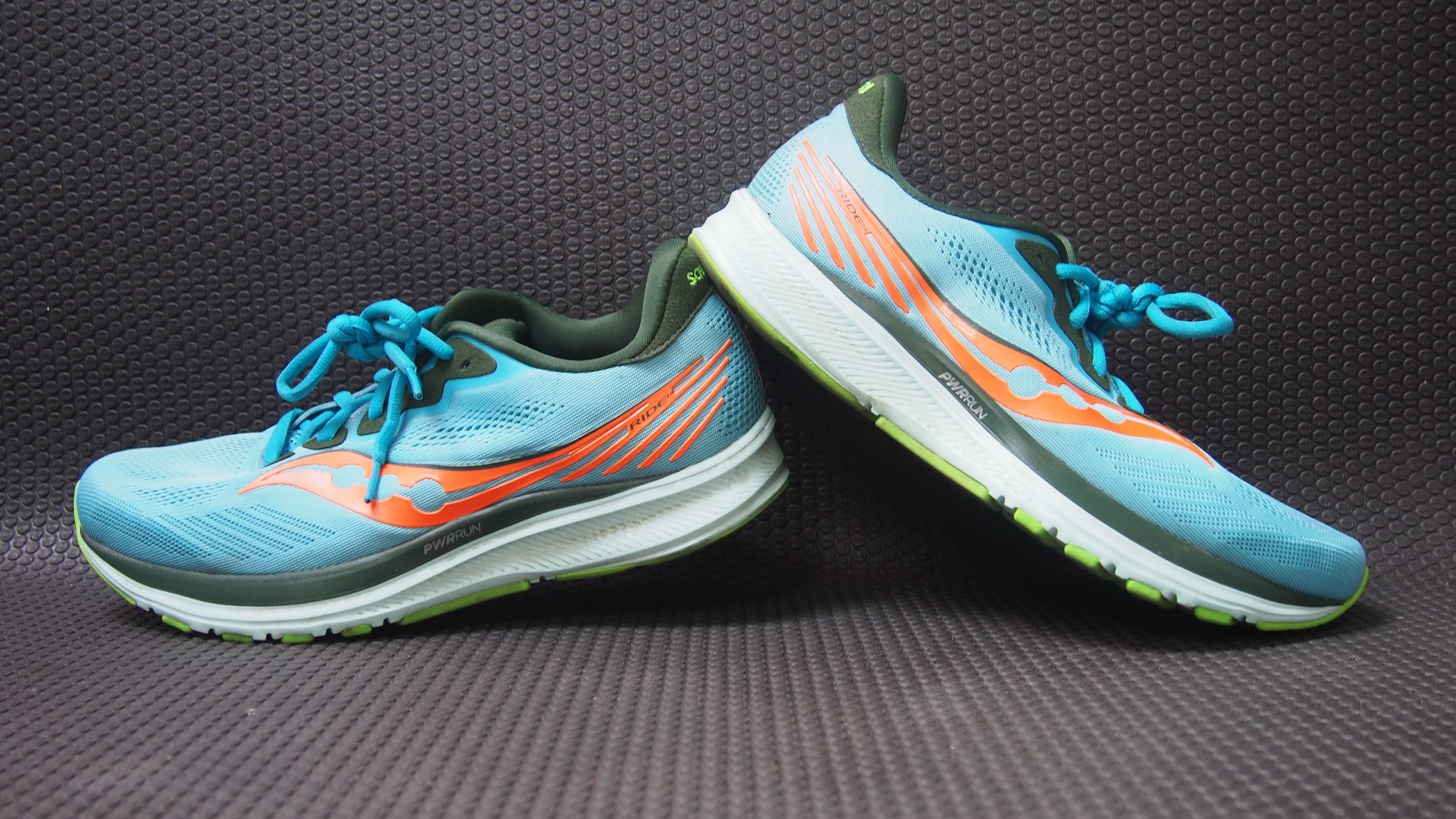Two weight loss gadgets to help you transition from walking to running
These two weight loss tools can help kick-start your cardio journey

Are you looking to take advantage of the Black Friday deals to score yourself some new fitness tech? As we approach the end of the year, it’s a great time to set out your goals for the coming year, and a very common one is either weight loss or to get started running.
Lots of people begin walking to lose weight, which is a great way to get into fitness, but if you're looking to transition from walking to running, there are a few bits of fitness kit which can help you make this transition.
If you’ve enjoyed going for long walks in 2022 and are looking to push yourself into brisker ones—or a run—in 2023, there are two major components to help get your body moving. Many newcomers to running get their start with Couch to 5K programs, but there’s a lot to be said for a fitness tracker and a great pair of running shoes. Read on to find out why we don’t leave the house without ours.
Why running is good for your body
Walking, or any exercise, is good for your body, but running has a huge number of benefits. Whether it’s improving your cardiovascular health, making it easy to catch that departing train without feeling out of breath, or increasing bone density through repetitive motions, there are a huge number of reasons why running is even better than walking regularly.

1. Fitness tracker
One of the best things about tracking your running (or walking) is getting a dashboard of stats that show how active you’ve been on any given day. To collect that data, you’ll need a fitness tracker, and while there are options across the pricing spectrum, there are some excellent budget options, too.
iOS users may want to plump straight for an Apple Watch Series 8, for example, and while the Cupertino tech giant leads the way in many respects when it comes to wearable tech, you don’t necessarily need everything included when you’re just starting out.
Fitbit’s own range offers not only a series of more affordable trackers but also access to Fitbit Premium. This subscription is ideal when starting out because using the Guided Programs can help your Fitbit act as a personal coach on your wrist. Fitbit devices include a Fitbit Premium membership free trial of six months, or one year if you pick up the fast-disappearing Fitbit Inspire 2.
Sign up for breaking news, reviews, opinion, top tech deals, and more.
Other great choices at the cheaper end include the Huawei Band 7 and the Amazfit Bip 3 Pro.
Which metrics should you track?
It can be easy when starting out with fitness trackers to over-exert. Pushing to run to that next mile marker can be addictive, and incredibly rewarding, but it’s worth setting an early challenge first.
In our experience, setting a target of a certain amount of steps per day is a good start because it gets you engaged in "passive exercise". The tracker can alert you if you've been inactive for too long, getting you up and walking around. When going for that first run, setting a distance target of, as an example, two kilometers, is a great place to start because even if you follow the Couch to 5K strategy of walking for 30 seconds, running for 30 seconds, and repeating that pattern, you’ll still get the serotonin hit of making that distance and achieving that goal. From there, you can increase the amount of time you spend running and decrease the time you spend walking.
You may also prefer to try setting a time-based goal, such as running for 10 minutes straight. If that works for you, then you can gradually try and increase the time. This is particularly useful when running on a treadmill as opposed to running outdoors.
Whatever works for you, many fitness trackers will take your level of activity into account when factoring rest days into your regimen. Be sure to listen to warnings about pushing yourself too hard, as an injury can set things back to almost zero.

2. Running shoes
Another key component of any running setup that often goes under the radar are your running shoes themselves. Sure, you can run in your beat-up trainers, but they’re unlikely to help you hit the PBs you’re hoping for.
Worse yet, running without the right support for your joints could increase the risk of injury, potentially derailing your progress.
The best running shoes are ideal for running in most conditions, and there are certain things you should look out for. For one, a “heel lock” that keeps your shoes tight to your heel as you run is usually a good thing to have.
It’s also worth considering the kind of distances you’ll be running – not all shoes are created equally, and many are better for longer distances, while some are more well-suited to medium distances. Medium-distance shoes may be more lightweight for increased speed, but you’ll find more padding and comfort in longer-distance shoes. You can check out our guide to how to buy the best running shoes for you.
Some shoes even offer a lifecycle estimate, such as Kiprun’s VFOAM which has a 600-mile lifecycle. That’s far more than the average, though, so be prepared to replace your shoes every few hundred miles.
If you're still struggling to get the energy up to head out for runs, you could try a metabolism tracker device such as Lumen.

Lloyd Coombes is a freelance tech and fitness writer for TechRadar. He's an expert in all things Apple as well as Computer and Gaming tech, with previous works published on TopTenReviews, Space.com, and Live Science. You'll find him regularly testing the latest MacBook or iPhone, but he spends most of his time writing about video games at Dexerto.